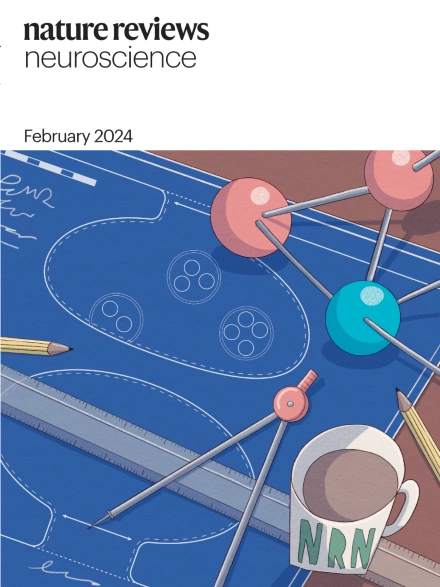The role of the immune system in osteoarthritis: mechanisms, challenges and future directions
IF 32.7
1区 医学
Q1 RHEUMATOLOGY
引用次数: 0
Abstract
Osteoarthritis (OA) is a chronic joint disease that has long been considered a simple wear-and-tear condition. Over the past decade, research has revealed that various inflammatory features of OA, such as low-grade peripheral inflammation and synovitis, contribute substantially to the pathophysiology of the disease. Technological advances in the past 5 years have revealed a large diversity of innate and adaptive immune cells in the joints, particularly in the synovium and infrapatellar fat pad. Notably, the presence of synovial lymphoid structures, circulating autoantibodies and alterations in memory T cell and B cell populations have been documented in OA. These data indicate a potential contribution of self-reactivity to the disease pathogenesis, blurring the often narrow and inaccurate line between chronic inflammatory and autoimmune diseases. The diverse immune changes associated with OA pathogenesis can vary across disease phenotypes, and a better characterization of their underlying molecular endotypes will be key to stratifying patients, designing novel therapeutic approaches and ultimately ameliorating treatment allocation. Furthermore, examining both articular and systemic alterations, including changes in the gut–joint axis and microbial dysbiosis, could open up novel avenues for OA management. This Review provides an update on the role of innate and adaptive immune cells in the pathogenesis of osteoarthritis. The authors discuss emerging therapeutics that target the immune system in osteoarthritis and the challenges that limit the movement towards personalized medicine.


免疫系统在骨关节炎中的作用:机制、挑战和未来方向
骨关节炎(OA)是一种慢性关节疾病,长期以来被认为是一种简单的磨损性疾病。在过去的十年中,研究表明OA的各种炎症特征,如低度外周炎症和滑膜炎,在很大程度上促进了疾病的病理生理。在过去的5年里,技术的进步揭示了关节中固有和适应性免疫细胞的多样性,特别是在滑膜和髌下脂肪垫。值得注意的是,滑膜淋巴样结构、循环自身抗体和记忆性T细胞和B细胞群的改变已经在OA中得到证实。这些数据表明,自身反应性对疾病发病机制的潜在贡献,模糊了慢性炎症和自身免疫性疾病之间往往狭窄和不准确的界限。与OA发病机制相关的多种免疫变化可能因疾病表型而异,更好地表征其潜在的分子内型将是对患者进行分层、设计新的治疗方法并最终改善治疗分配的关键。此外,检查关节和全身改变,包括肠-关节轴和微生物生态失调的变化,可以为OA管理开辟新的途径。
本文章由计算机程序翻译,如有差异,请以英文原文为准。
求助全文
约1分钟内获得全文
求助全文
来源期刊

Nature Reviews Rheumatology
医学-风湿病学
CiteScore
29.90
自引率
0.90%
发文量
137
审稿时长
6-12 weeks
期刊介绍:
Nature Reviews Rheumatology is part of the Nature Reviews portfolio of journals. The journal scope covers the entire spectrum of rheumatology research. We ensure that our articles are accessible to the widest possible audience.
 求助内容:
求助内容: 应助结果提醒方式:
应助结果提醒方式:


